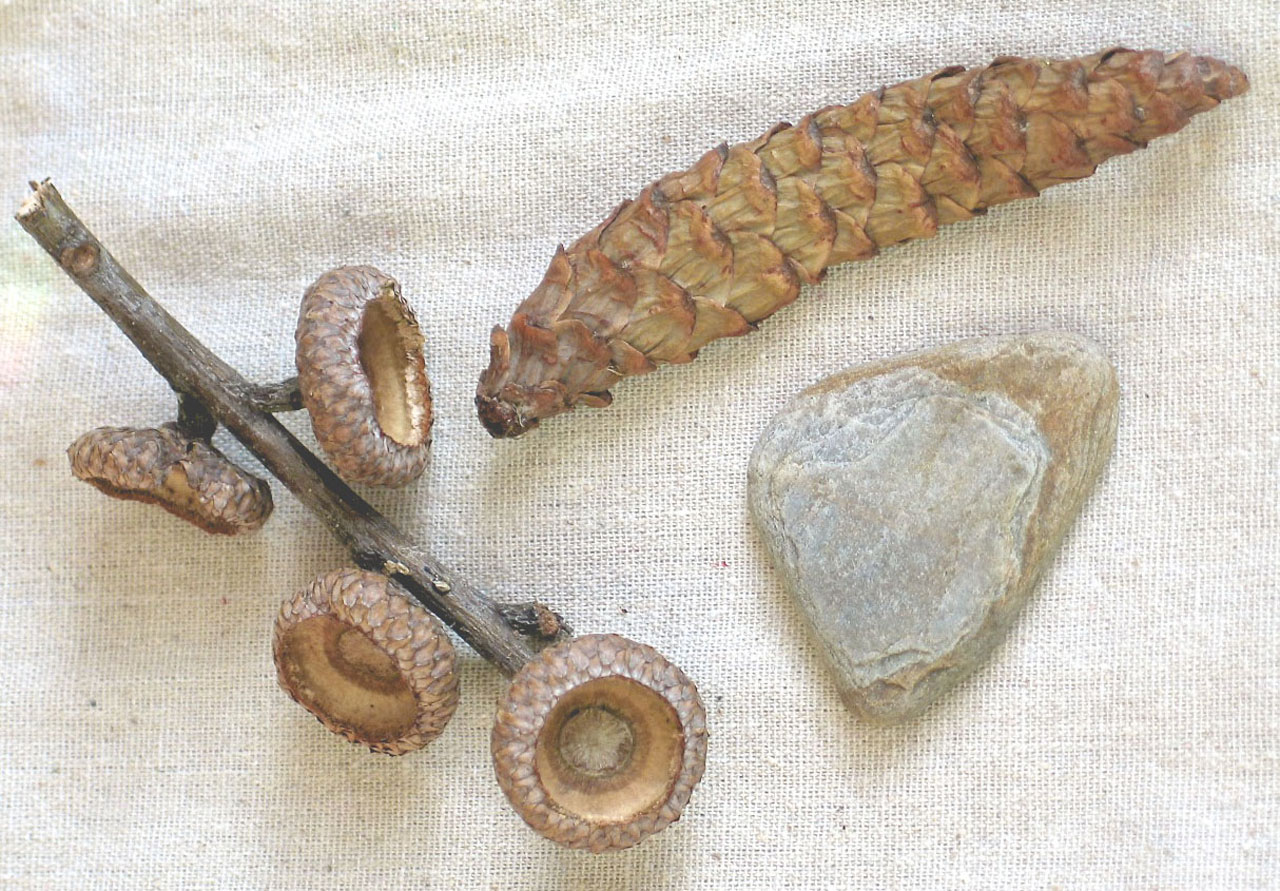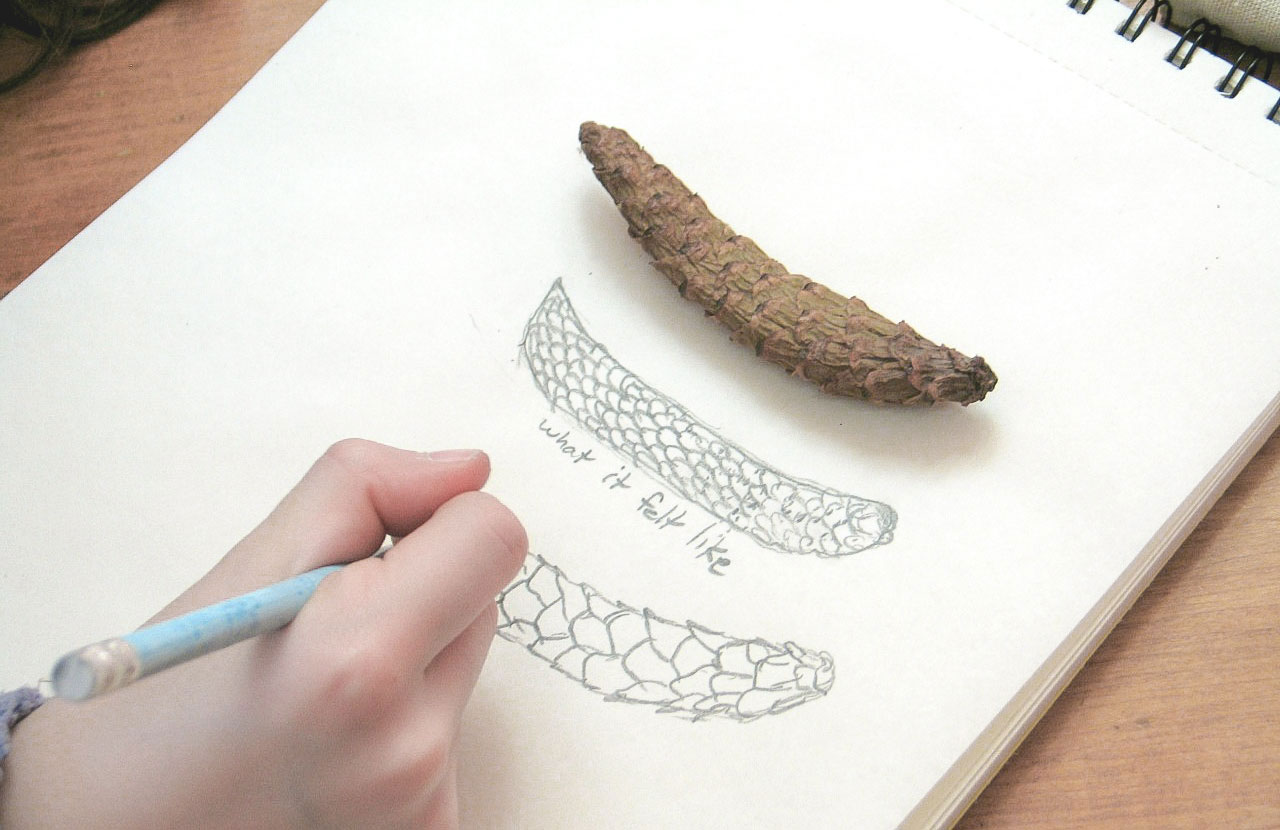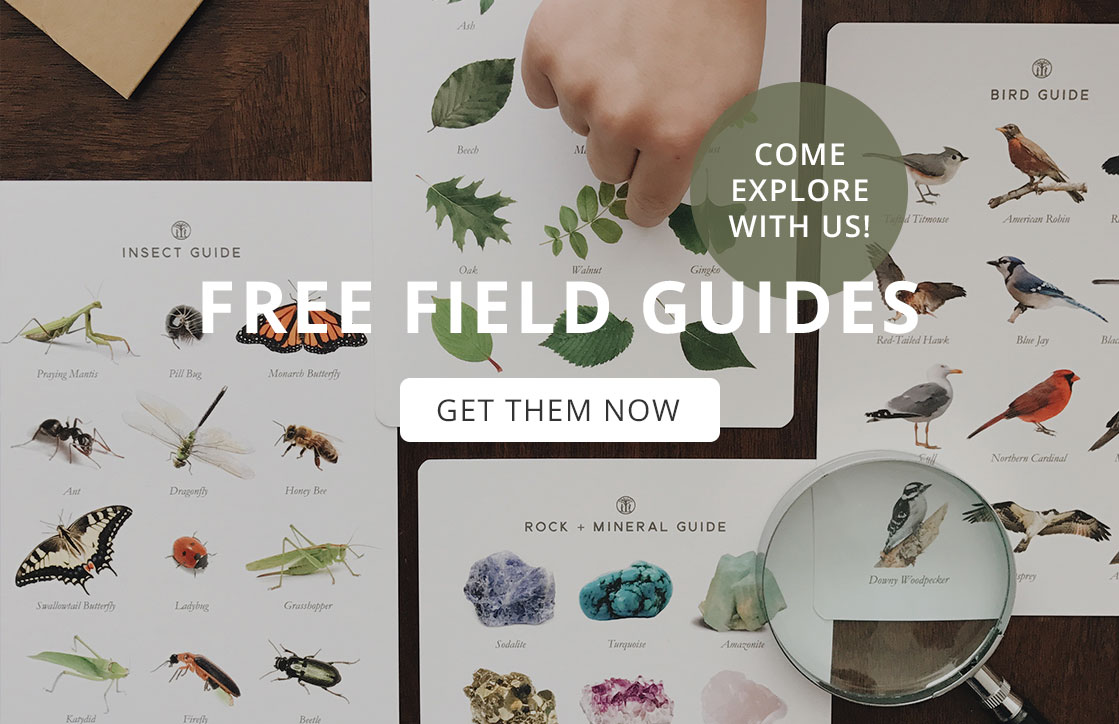Mystery Bags for Older Children
 Mystery bags (bags in which you put items for a child to identify by sense of touch only) are commonly used with children in the three to eight year age range and are a fun, engaging way for children to sharpen their tactile perception. It’s a classic activity that you perhaps have done many times with your child. I certainly have with all three of mine and one thing I noticed is that no matter what their age, they can’t resist the intrigue of a mystery! But how can you continue the fun while still providing a challenge for older children?
Mystery bags (bags in which you put items for a child to identify by sense of touch only) are commonly used with children in the three to eight year age range and are a fun, engaging way for children to sharpen their tactile perception. It’s a classic activity that you perhaps have done many times with your child. I certainly have with all three of mine and one thing I noticed is that no matter what their age, they can’t resist the intrigue of a mystery! But how can you continue the fun while still providing a challenge for older children?
Here are some twists to give a try…
What’s in Common
(classification, problem-solving)
Choose items for the mystery bag that all have one thing in common. It could be items with a similar purpose or that you might use for a particular activity (art, cooking, reading, getting reading for bed, swimming, etc), items that share the same beginning or ending sound, or anything else you can come up with. Ask your child to visualize each item as he feels it and to say what it is. Ask him to tell you as soon as he thinks he’s knows what each item has in common.
To make it a bit more challenging, choose items that can also be categorized into sub-sets. For example, the objects might fall in the category of “toys” but can be further divided into animals, wooden toys, and vehicles. This can be a fun way to introduce a new unit study or skill.
Inference
(critical thinking, reasoning)
Inference is the skill of reaching a conclusion using observation, prior knowledge, and reasoning. It is considered a foundational skill that is used across the curriculum, especially in reading and science.
To prepare an inference mystery bag, gather items that tell a story about a person (interests, occupation, etc.), a place, or a situation.
For example, you might pretend that you are meeting your sister’s friend for the first time and, so that you can learn a little about her first, your sister has given you a bag of some of her belongings for clues. What kinds of things might she do or like? Does she have children or a pet? Or maybe a neighbor was telling you about the great vacation he just got back from and he’s brought you a bag of souvenirs from the trip. Where did he go and what types of things did he do? You can really have fun getting creative with this version!
In this variation, the child pulls out the items one at a time and makes his inference as to what information the object gives. Ask your child questions about what he’s basing his reasoning on and if there are any other conclusions that could be considered.
Touch Drawing
(tactile perception, observation, visualization)
Choose one object with an interesting form and texture but not too complex (something from nature is our favorite type of object to use) and place it in a bag that your child cannot see through. Ask your child to reach in and feel the object without peeking. Prompt him to think about it’s texture, size, and shape. Is it smooth or rough? Ridged? Scaly? Do all sides have the same texture? Is it thin, long, pointy? Is it soft or hard? Once your child has enough information to be able to visualize the object it’s time to put pencil to paper and try to capture the object’s image in a drawing. Allow your child to feel the object as many times as he wants while he draws but still no peeking. The level of details that your child notices will support the accuracy of the drawing. Once the drawing is complete your child may take the object out and compare it to the drawing. Discuss the similarities and differences.
Have fun with these variations! And if you have other clever mystery bags activities, please do share.


